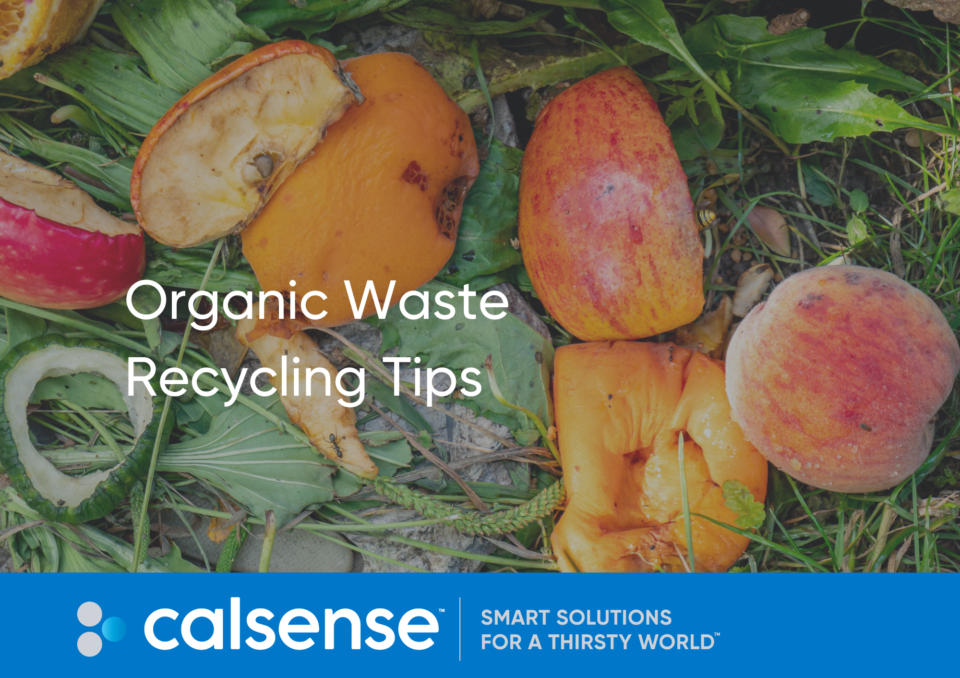Living Green: Organic waste recycling tips
February 9, 2023

By: A.J. van de Ven
Since 2022, Californians have been required to recycle their organic waste. The relevant law is based on Senate Bill 1383, which ensures every jurisdiction in California provides organic waste collection services to all residents and businesses.
The law was introduced because when organic waste is left in landfills, it breaks down and produces harmful methane gas. With the new law, organic waste can be composted and recycled, so that those greenhouse gases are minimized.
What’s more, beginning in 2024, we could be fined if we contaminate our organic waste, with a first offense costing between $50 and $100 and subsequent offenses incurring fines of up to $500.
These penalties are meant to be a last resort, but still, it’s a good incentive to sort your waste correctly.
So, we’ve started to get used to our food waste and yard clippings being collected in compost carts or dumpsters.
At my company, Calsense, we have introduced organic waste recycling into our Carlsbad headquarters. I’ve been pretty hands-on. I was excited to put a compostable bin in the kitchen for our employees, which we viewed as another positive step in the work we’re all doing to help protect the earth.
One thing we know however, is that food waste can sometimes get a little aromatic, which left us wondering if there were ways we could reduce those odors and other side effects.
To find out, I spoke to Jenna Dotson, Recycling Coordinator at Republic Services in Carlsbad, for some handy tips on organic waste recycling practices.
One of the first things she mentioned was that we should remember that we can line kitchen caddies with paper bags, newspapers, or certified compostable bags.
“Layering your compost in your organics collection cart can also prevent it from smelling and attracting insects,” Jenna said. “That could include plant materials, shredded paper, leaves, paper towels and napkins.
“You can absorb moisture in the cart by including dry materials, such as greasy pizza boxes, food-soiled paper, pieces of shredded newspaper, leaves, or baking soda.”
To avoid insects breeding in your cart, you can add “browns”: dead leaves, sawdust, food-soiled paper products, etc. If there’s already an insect problem, such as maggots, you should add lime juice to the compost pile.
“You can also spray a mixture of apple cider vinegar or white vinegar with dish soap to repel bugs,” Jenna explained. “Try rinsing out your cart and letting it dry out to start fresh.”
Commercial organics are being sent to a processing facility that can remove bags out of the organic materials stream, so commercial organizations can use a clear plastic liner to dispose of organic waste; or a BPI-certified compostable liner.
They can also use baking soda in their dumpster to help absorb moisture and follow the same layering practices as residents.
Jenna said that Republic Services will replace organics carts once a year free of charge, if required.
“For commercial users, it’s important that they collect their food scraps in smaller containers throughout their facilities, because food waste can get really heavy,” she said. “You don’t want staff being put at risk heaving weighty trash cans around.
“And remember to label the bins you’re using clearly, with a green or compost sticker, so staff and visitors know where their waste should go.”
In Carlsbad, Jenna says compost and mulch from the program will be given away to residents regularly at a variety of events and locations, starting on April 15 at the City’s Earth Month celebration.
Locals should keep an eye out on their city’s communications for more details, or visit their waste services provider’s website for updates.
“We’re just about to deliver the first large mulch load to Carlsbad’s City Parks Department,” Jenna said. “So, we’ll start seeing our organic waste recycling efforts produce benefits for our local green spaces, which is great news for the environment, and for all of us!”
